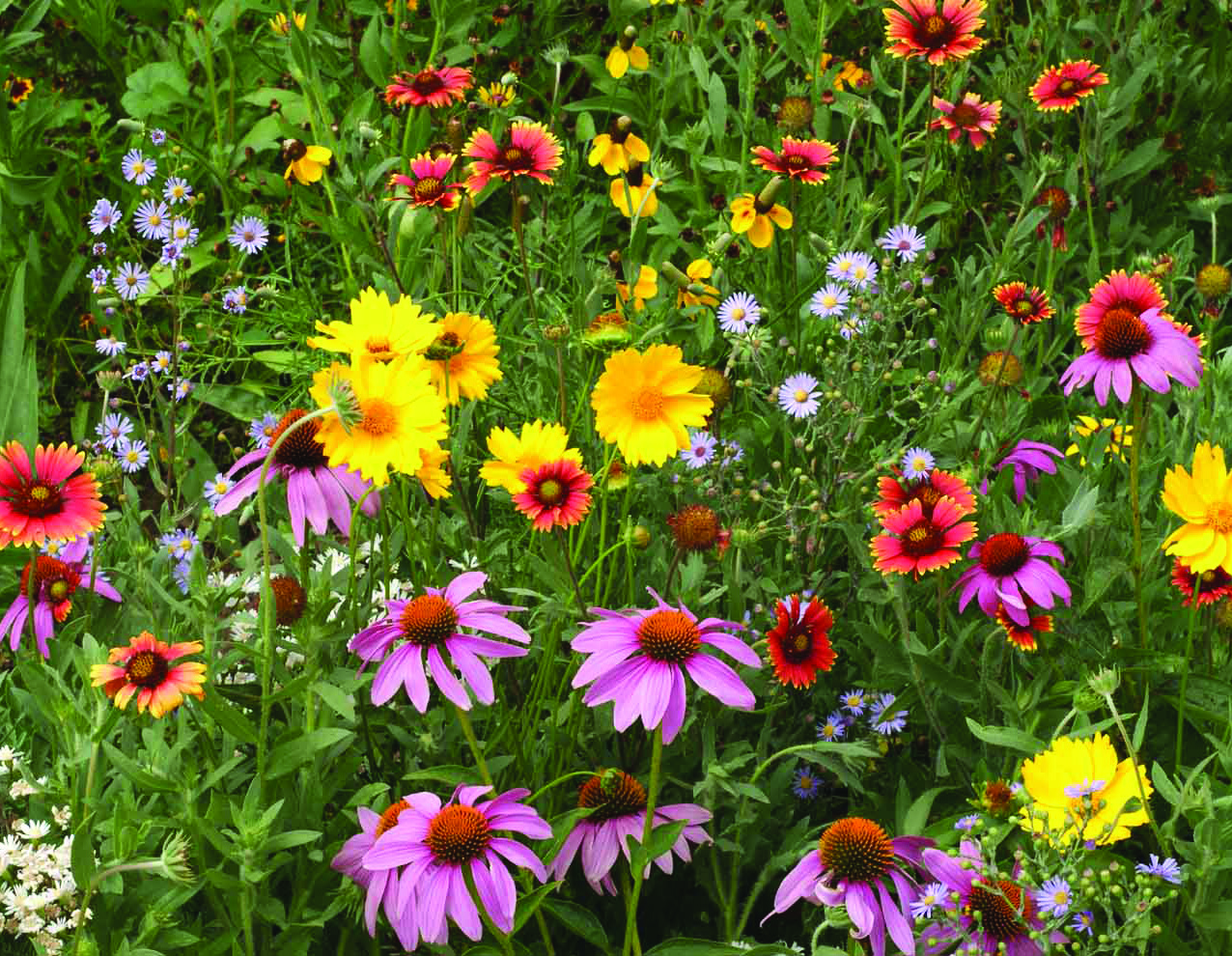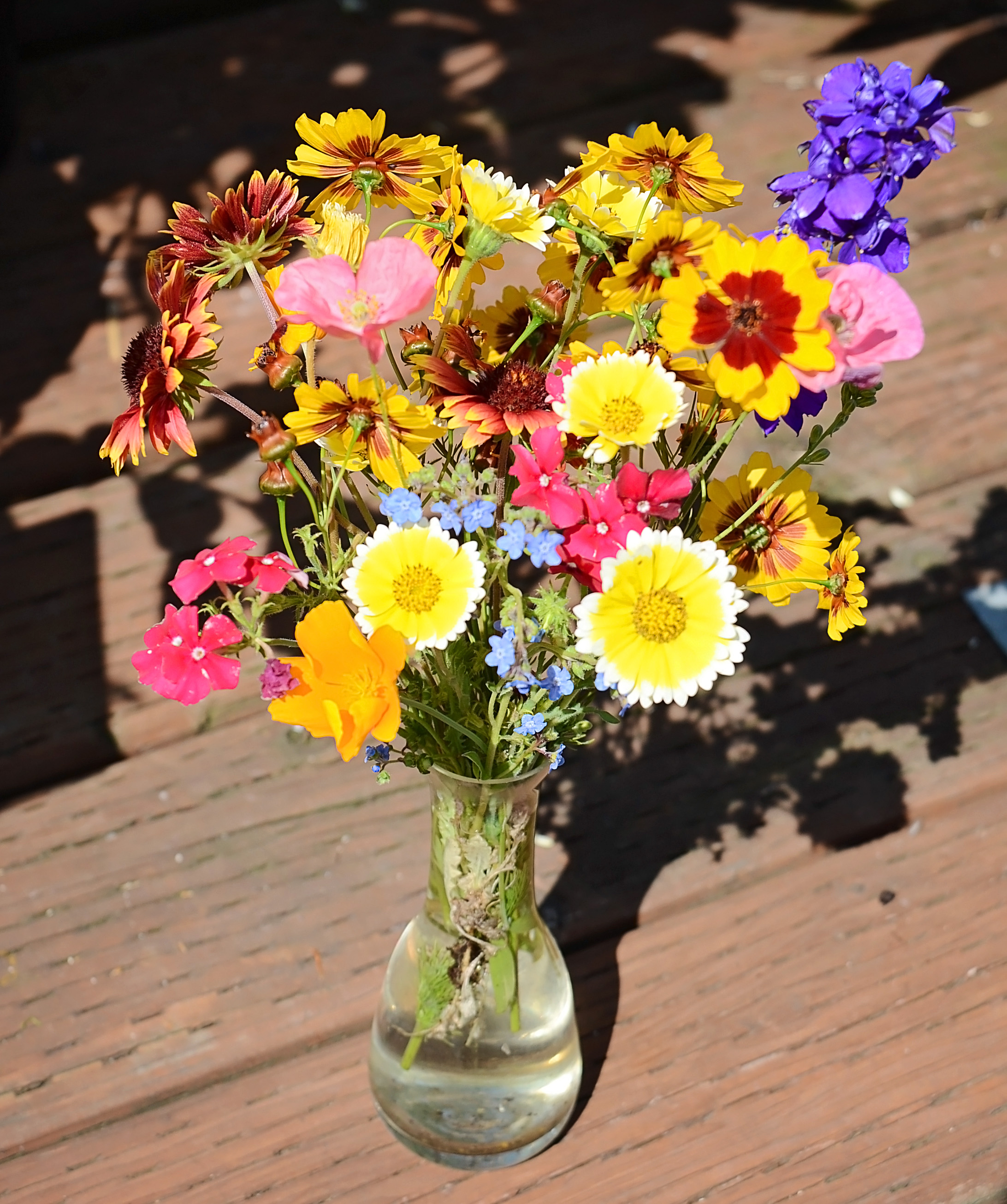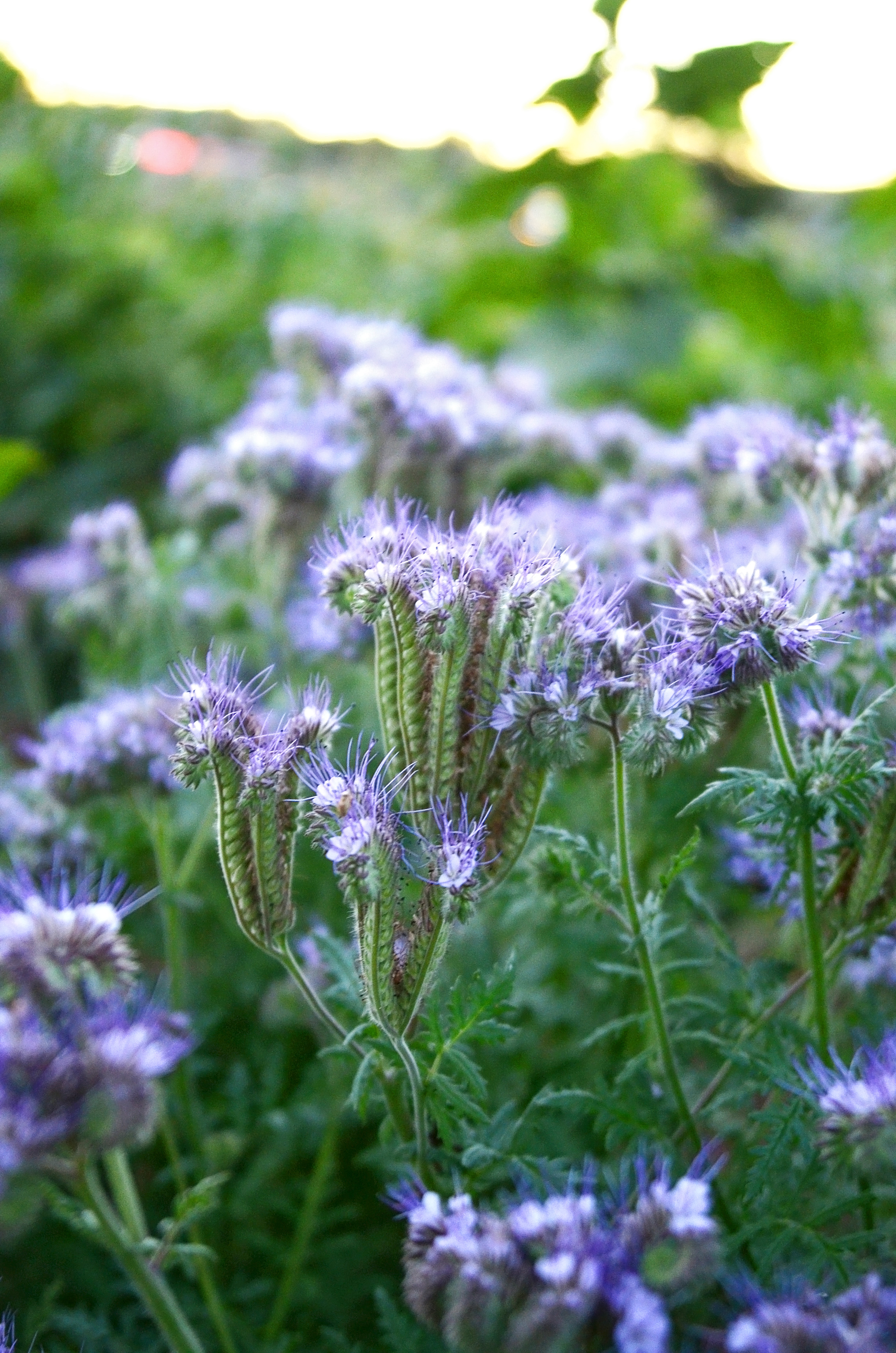Plant Flowers, Invite Pollinators, Produce Fruit
Your garden is plentiful of sun, rich soil, thirst quenching water, and love. Season after season, you replenish the nutrients in your garden after which you sow each seed with hope. Hope for a prolific harvest, for a year filled with abundance. But there is one more aspect of this complex web given to us by Mother Nature that we don’t always bring to the forefront of our minds – drawing in pollinators.
Without a proper population of pollinators, our fruits don’t develop and our garden simply just gets by.
When the word pollinator is spoken, most of us immediately think of bees. But there are many kinds of bees, some better for our garden than others. There are also other insects that will do an extraordinary job of pollinating our crops that we would never think of, for example common houseflies or blue bottle flies. We use both of these at our farm within pollination cages. However, we don’t want flies roaming around our homes, do we? So let’s get back to bees.
Compared to the better known honey bees, mason bees, specifically Blue Orchard Mason bees, are actually more productive pollinators. They are the first to emerge in the spring, which coincides with the blooming of fruit or nut trees. They’re also non-stinging, non-swarming bees which is a huge plus!
Whether you choose to invest in mason bees or not, the next struggle is to figure out how to maintain this supply of native pollinators in your garden.
Insectary
One way to promote a steady supply of pollinators is to create what is called an insectary. Simply put, this is an area reserved for a diverse collection of plants that are rich in pollen. Doing this creates an environment ideal for beneficial insects that your crops yearn for. At our farm, we use this technique to encourage a constant pollinator population for our variety of vegetables using a diverse collection of flowers. For us our insectary is a large plot of land. However, your insectary doesn’t have to be a huge spot in your garden. In fact, it doesn’t have to be just one spot at all. You can disperse your insectaries throughout the landscape, making for some beautiful sights. Providing pollen sources in this way will immensely increase your chances of successful pollination in your garden.
Flowers to consider
Talking about all of this is easy, of course, but where do we start? My advice is to begin with choosing some low key natives for your yard. Dispersing them gives you a reliable source of pollen with little maintenance since natives are just what they sound like – perfectly habitable in your climate. Doing this will be a jump start on drawing in your native pollinators. For the varieties of native plants that work best in your area, always talk with your local nursery. For us here in the Willamette Valley, some easy flowers to start with are the Oregon grape, Goldenrod, Yarrow, and Echinacea.
For your home insectary, you want to provide a succession of flowers that bloom and subsequently create pollen throughout the fruiting season. Territorial’s farm enlists numerous helpers such as Poppies, Sweet William, Hollyhock, Sunflowers, Nigella, and we often use our mixes like Northwest Wildflower Mix (contains Baby Blue-Eyes, Bird’s Eyes, Black-Eyed Susan, Blue Flax, California Poppy Chinese Houses, and more), Bee Feed Mix (includes Poppies, Wallflowers, Coreopsis, Asters, Flax, and more) and our Beneficial Bug Mix—which not only draws in bees, but ladybugs, lacewings, beneficial wasps, and others.
Cover Crops
Cover crops are another easy and dual purpose method for drawing in pollinators. Not only do they attract these crop saving critters, they also help with soil fertility. Clover is an easy go-to for a cover crop; it replenishes the nitrogen in the soil while helping to choke out any unwanted weeds. My recommendation: Crimson Clover. The deep red flowers are to die for and your pollinators will agree.
If your soil has excess nitrogen (which yes, can sometimes happen) an option to consider is Lacy Phacelia. A fast growing annual, it produces unique blue flowers that can’t be resisted. This is a new addition for us that will be available in our fall and winter catalog, which will be out later this year.
Whichever method you choose to draw in your native pollinators, just remember to always have fun with it. You don’t have to only think about the pollinators when planting your flowers. Plant what interests you, as well — what captures your eye. This is a great excuse to create an oasis for yourself and your buzzing friends. So have a blast and watch your garden thrive!
Author: Dana M.









